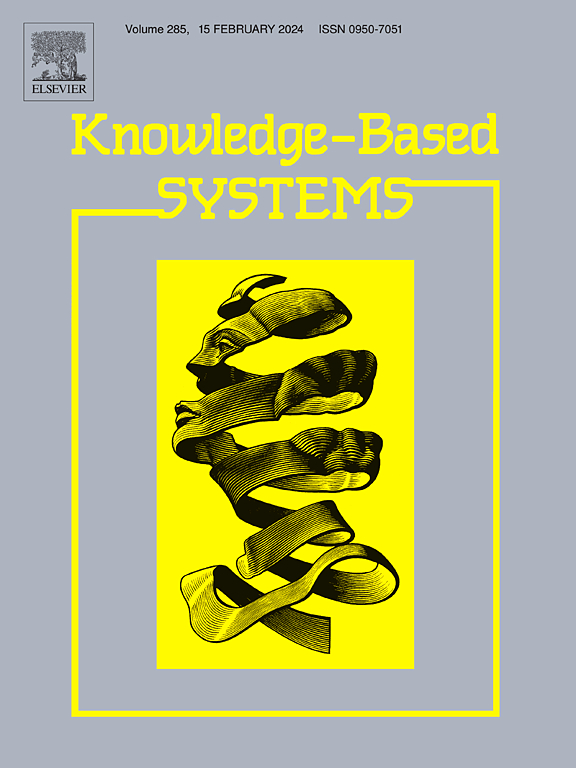EMGE: Entities and Mentions Gradual Enhancement with semantics and connection modelling for document-level relation extraction
IF 7.2
1区 计算机科学
Q1 COMPUTER SCIENCE, ARTIFICIAL INTELLIGENCE
引用次数: 0
Abstract
Relation extraction is the process of identifying connections between entities in unstructured text and is a critical component of entity-centred information extraction to uncover latent knowledge structures in complex documents. Although graph-based methods have pushed the state-of-the-art forward in relation extraction, current approaches still exhibit limitations. These include incomplete capture of graph structural features, inadequate modelling of long-distance dependencies and imprecise representation of complex entity interactions. A novel Entities and Mentions Gradual Enhancement framework called EMGE is proposed. It integrates both contextual and structural information to robustly enhance entity representations for document-level relation extraction. It comprises three primary components: 1) a dynamic relation aware enhancement mechanism to comprehensively encode graph structural features; 2) a multi-scale feature enhancement module to effectively capture long-distance dependencies; and 3) an entity-mention pair enhancement mechanism to yield precise representations of classification targets. Extensive empirical evaluation on five widely-adopted datasets demonstrates that EMGE achieves promising performance. Particularly noteworthy are the substantial gains obtained on the challenging CDR dataset, where EMGE achieved relative improvements of 1.5%, 8.8%, and 3.5% over the strongest baseline in terms of the Intra-F1, Inter-F1 and Overall-F1 metrics, respectively. Further experimental results demonstrate that the proposed model outperforms the popular large language model in relation extraction tasks. Our code is available on github. 1
求助全文
约1分钟内获得全文
求助全文
来源期刊

Knowledge-Based Systems
工程技术-计算机:人工智能
CiteScore
14.80
自引率
12.50%
发文量
1245
审稿时长
7.8 months
期刊介绍:
Knowledge-Based Systems, an international and interdisciplinary journal in artificial intelligence, publishes original, innovative, and creative research results in the field. It focuses on knowledge-based and other artificial intelligence techniques-based systems. The journal aims to support human prediction and decision-making through data science and computation techniques, provide a balanced coverage of theory and practical study, and encourage the development and implementation of knowledge-based intelligence models, methods, systems, and software tools. Applications in business, government, education, engineering, and healthcare are emphasized.
 求助内容:
求助内容: 应助结果提醒方式:
应助结果提醒方式:


